14 GPTs for Food Pairings Powered by AI for Free of 2025
AI GPTs for Food Pairings refer to advanced computational tools that utilize Generative Pre-trained Transformers (GPTs) technology to assist users in identifying compatible food combinations. These tools leverage machine learning algorithms to analyze vast datasets on culinary preferences, nutritional values, and cultural food practices, offering personalized recommendations for food pairings. Their significance lies in enhancing culinary experiences, aiding in menu planning, and supporting dietary management by providing data-driven pairing suggestions.
Top 10 GPTs for Food Pairings are: UR Whisky Connoisseur,Alcohol Guide,Howling Bandit Coffee,Tequila Connoisseur,Coffee Connoisseur's Guide,mnchyGPT,Wine Whisperer,Mr. Sushi,Wine Copywriter,Learn Spanish Wine
UR Whisky Connoisseur
Discover whisky, tailored to you.

Alcohol Guide
Explore spirits with AI-powered insights

Howling Bandit Coffee
Brewing knowledge, one cup at a time.

Tequila Connoisseur
Discover the Spirit of Tequila, AI-Powered
Coffee Connoisseur's Guide
Elevate Your Coffee Experience with AI
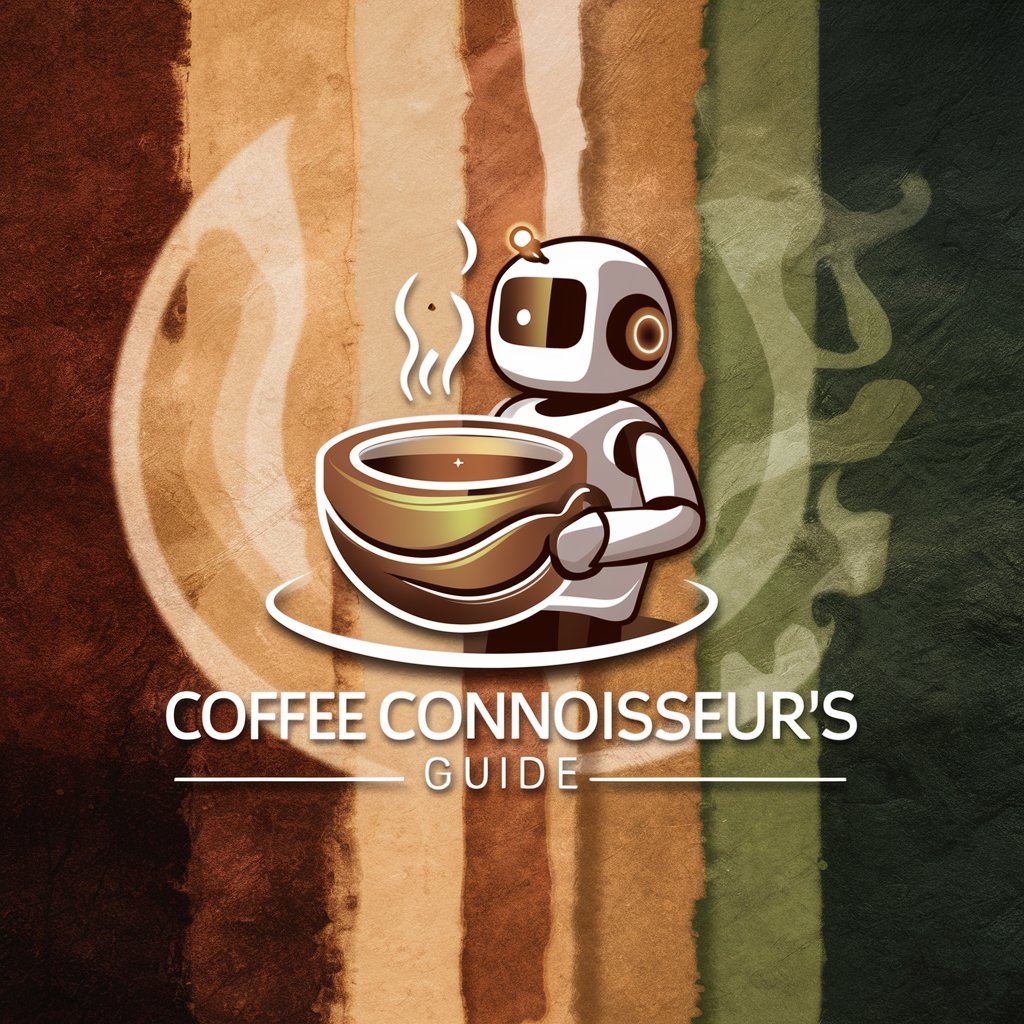
mnchyGPT
AI-powered culinary insights at your fingertips.
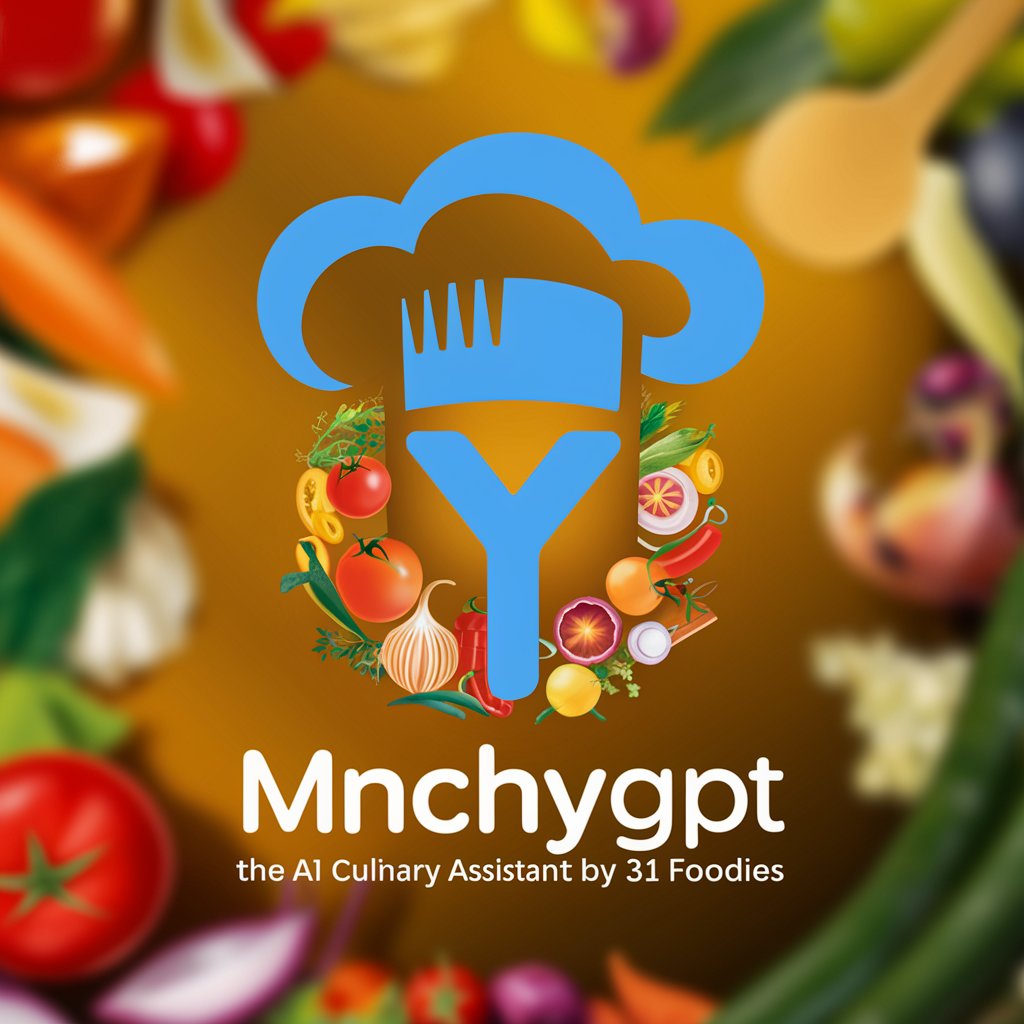
Wine Whisperer
Discover wines with AI expertise

Mr. Sushi
Your AI-powered sushi connoisseur.

Wine Copywriter
Craft Your Wine Story, Powered by AI

Learn Spanish Wine
Discover the richness of Spanish wine with AI
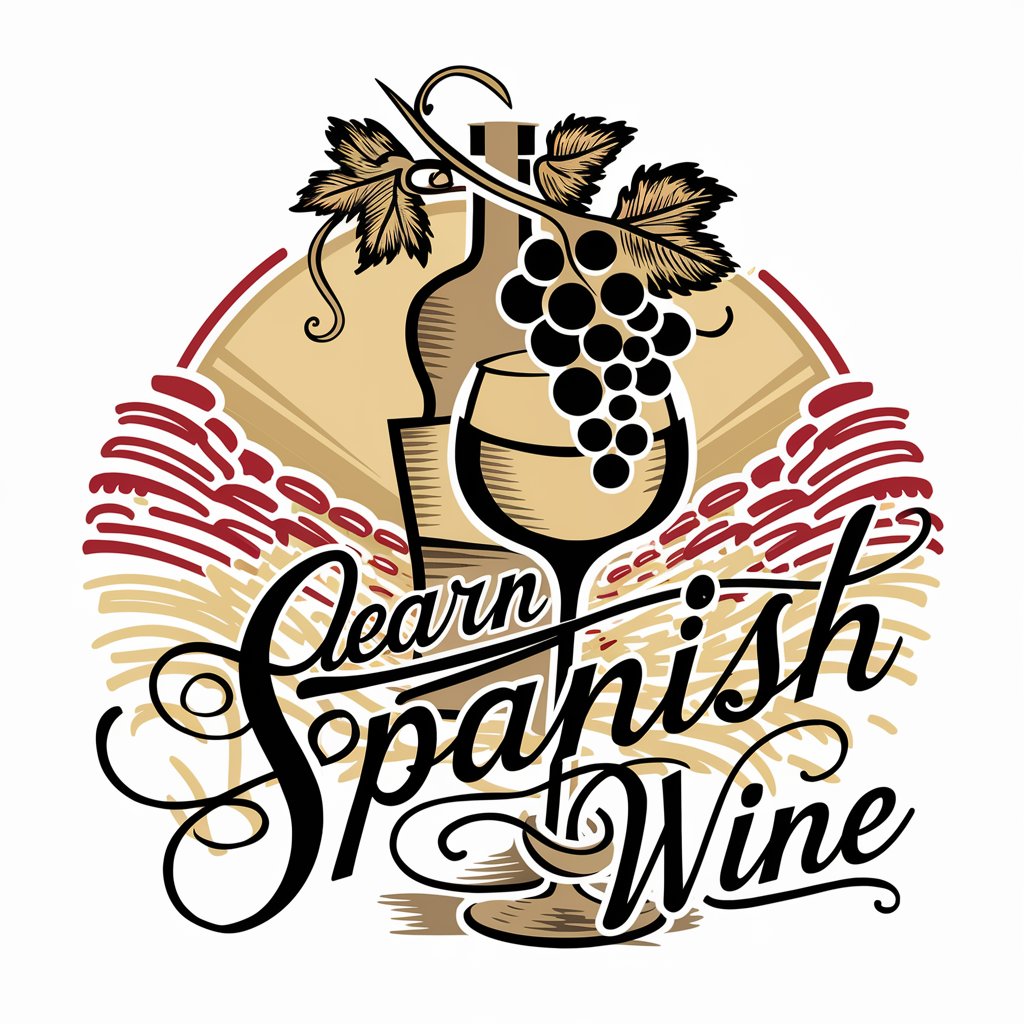
The Sweary Chef
Spicing up culinary advice with AI-powered sass.

咖啡大师
Unveil the art of coffee with AI
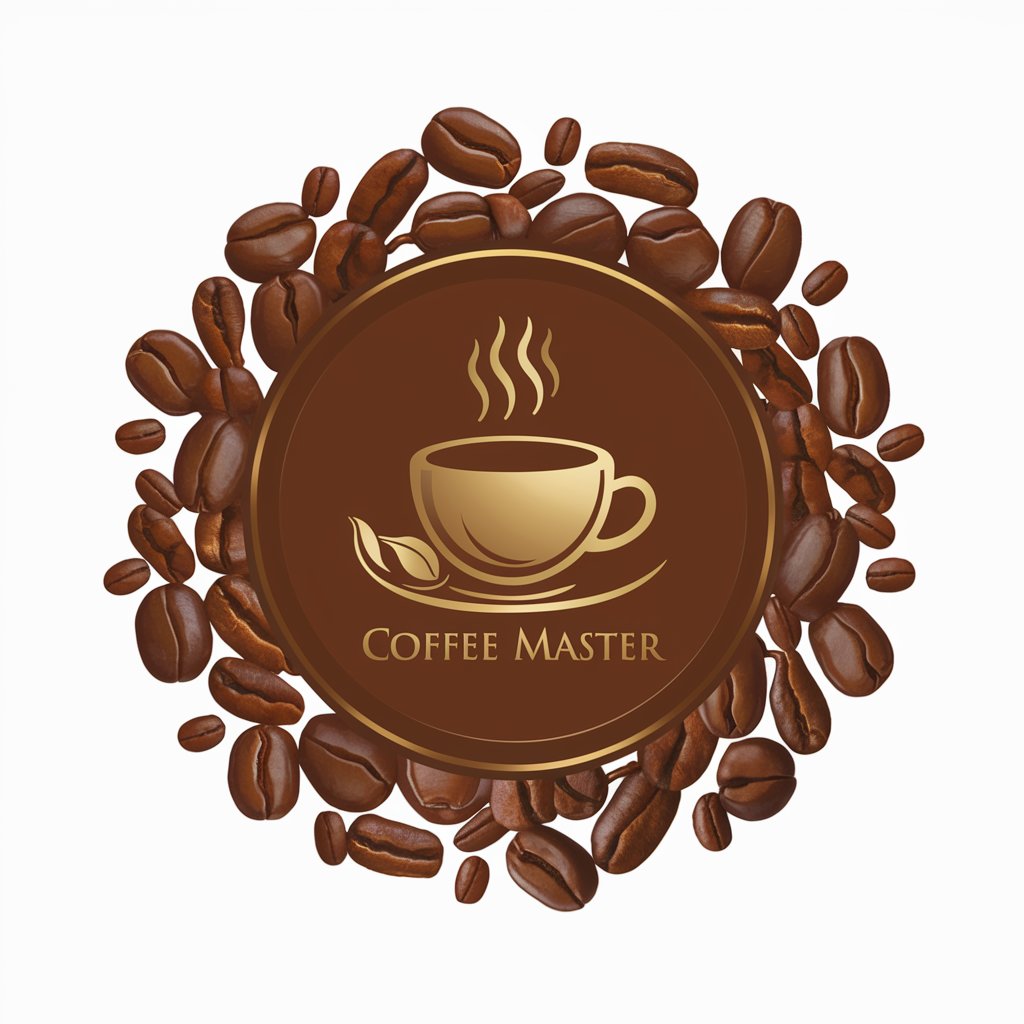
Hot Dog
Savor the Flavor with AI-Powered Culinary Insights
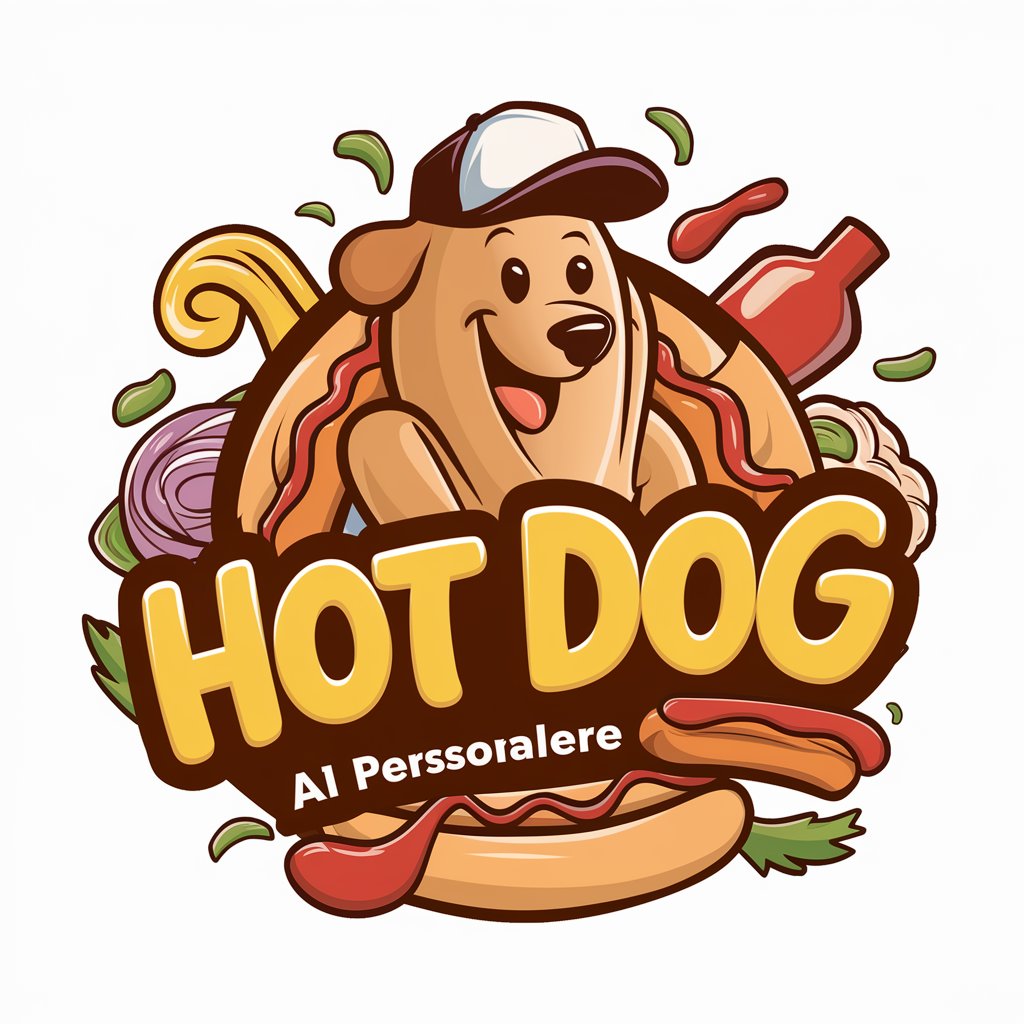
Oliver
Explore culinary delights effortlessly
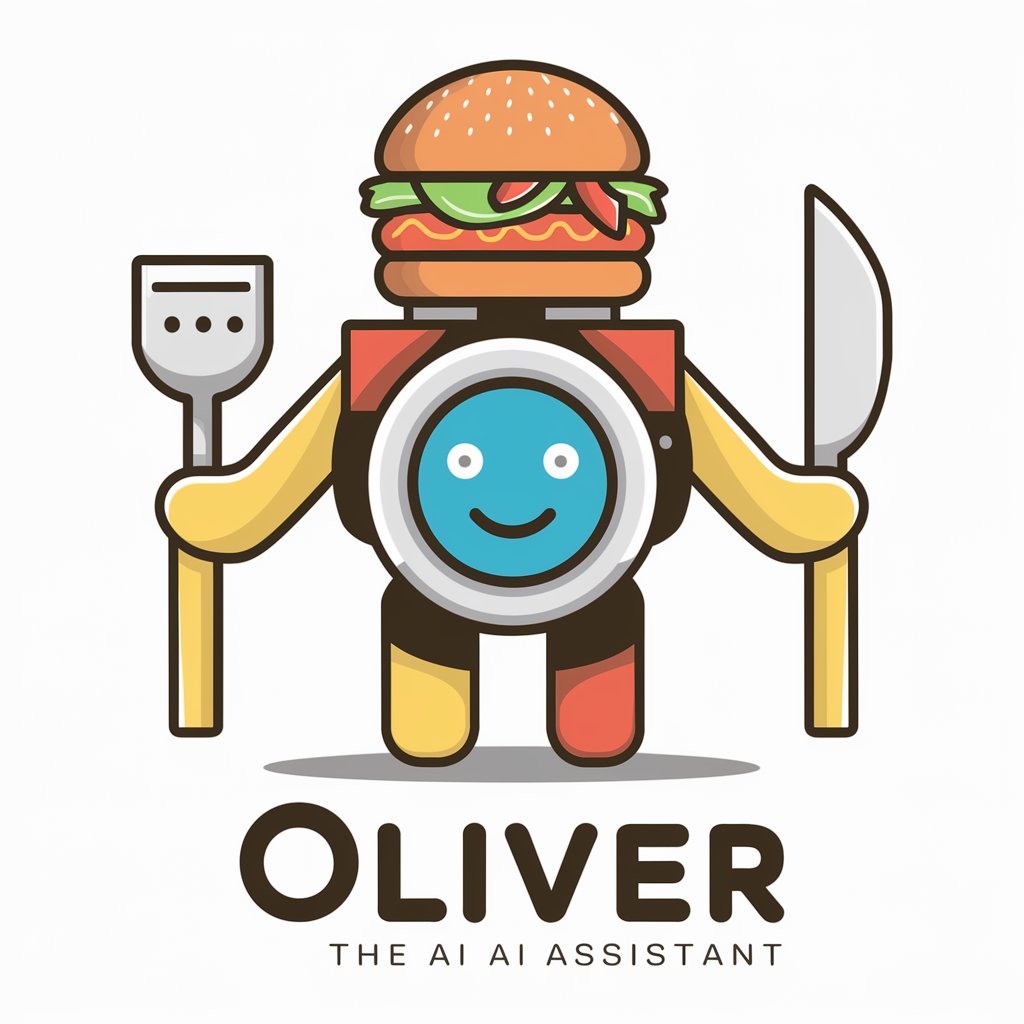
Key Attributes of AI-Driven Food Pairing Tools
AI GPTs for Food Pairings stand out for their adaptability and intelligence. They can process natural language queries to understand user preferences or dietary restrictions, offering tailored food pairing suggestions. These tools often include capabilities such as language learning to interpret and respond in various languages, technical support for integration with other culinary apps or websites, advanced web searching to gather the latest food trends, image creation for visualizing pairings, and data analysis to refine recommendations based on feedback.
Who Benefits from AI Food Pairing Solutions
The primary beneficiaries of AI GPTs for Food Pairings include culinary enthusiasts, professional chefs, nutritionists, and food bloggers. These tools are accessible to novices seeking to explore new culinary combinations and to professionals desiring to enhance their menu offerings. Additionally, developers can customize these AI tools for specific applications or integrate them into existing platforms, catering to a wide range of users with or without technical backgrounds.
Try Our other AI GPTs tools for Free
Tasting Guides
Explore the world of tastes with AI-powered Tasting Guides. Get personalized recommendations, flavor analyses, and pairing suggestions tailored to your palate.
Gift Giving
Discover how AI GPTs revolutionize gift giving with personalized suggestions, making every occasion special with thoughtful, tailored gifts.
Traditional Customs
Explore the intersection of AI and cultural heritage with GPTs for Traditional Customs. Dive into tailored solutions that preserve, interpret, and share the richness of global traditions through advanced technology.
Cost Saving
Explore AI GPTs for Cost Saving: Unlock financial efficiency and savings through advanced AI tools designed to streamline expenses and enhance strategic planning.
Software Alternatives
Discover AI GPTs for Software Alternatives: Revolutionizing software selection with tailored AI recommendations, adaptable to your specific needs and preferences.
Open-Source
Discover how AI GPTs tailored for Open-Source can revolutionize project development, offering automation, innovation, and collaboration solutions for developers and non-coders alike.
Expanding Horizons with AI in Culinary Pairings
AI GPTs for Food Pairings redefine culinary exploration by making it more data-driven, personalized, and accessible. Their integration with existing systems enables seamless user experiences, while their adaptability ensures they cater to a diverse range of culinary preferences and dietary needs. These tools not only simplify the process of discovering new and exciting food combinations but also offer potential for educational and professional development within the culinary arts.
Frequently Asked Questions
What are AI GPTs for Food Pairings?
AI GPTs for Food Pairings are intelligent tools designed to suggest compatible food combinations using machine learning and natural language processing.
How do these tools understand user preferences?
They analyze input through natural language processing, allowing them to understand and incorporate user preferences, dietary restrictions, or specific requests into their suggestions.
Can AI GPTs for Food Pairings cater to specific diets?
Yes, they can be tailored to accommodate various dietary needs, including vegan, gluten-free, or ketogenic diets, by filtering and suggesting appropriate food pairings.
How do these tools stay updated with the latest food trends?
They utilize web searching capabilities to continuously gather and analyze current culinary trends, ensuring their recommendations remain relevant and exciting.
Are these tools accessible to individuals without coding skills?
Absolutely. AI GPTs for Food Pairings are designed to be user-friendly, allowing non-technical users to benefit from their capabilities without requiring programming knowledge.
Can developers customize these AI tools?
Yes, developers have access to APIs and development kits to tailor these tools for specific applications or integrate them into existing culinary platforms.
Do these tools offer visual representations of food pairings?
Many AI GPTs for Food Pairings include image creation features, providing users with visual inspirations for the suggested pairings.
How do AI tools for Food Pairings improve culinary experiences?
By providing data-driven, personalized food pairing suggestions, these tools enhance culinary creativity, improve dietary management, and inspire users to explore new flavor combinations.